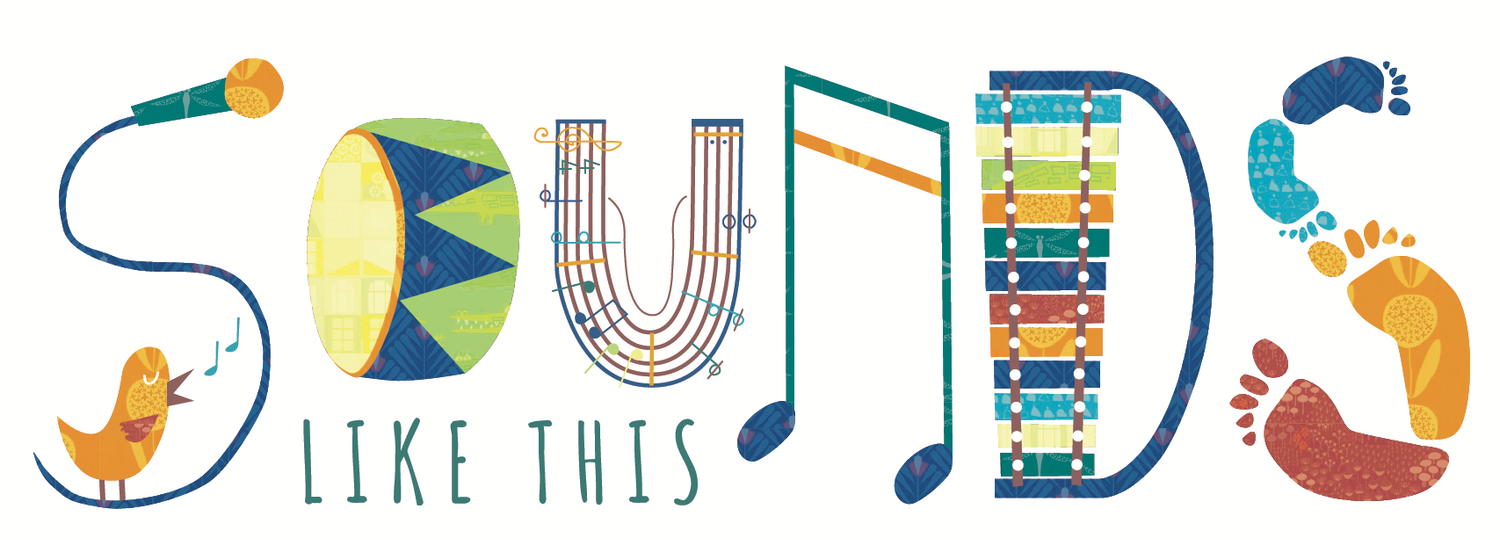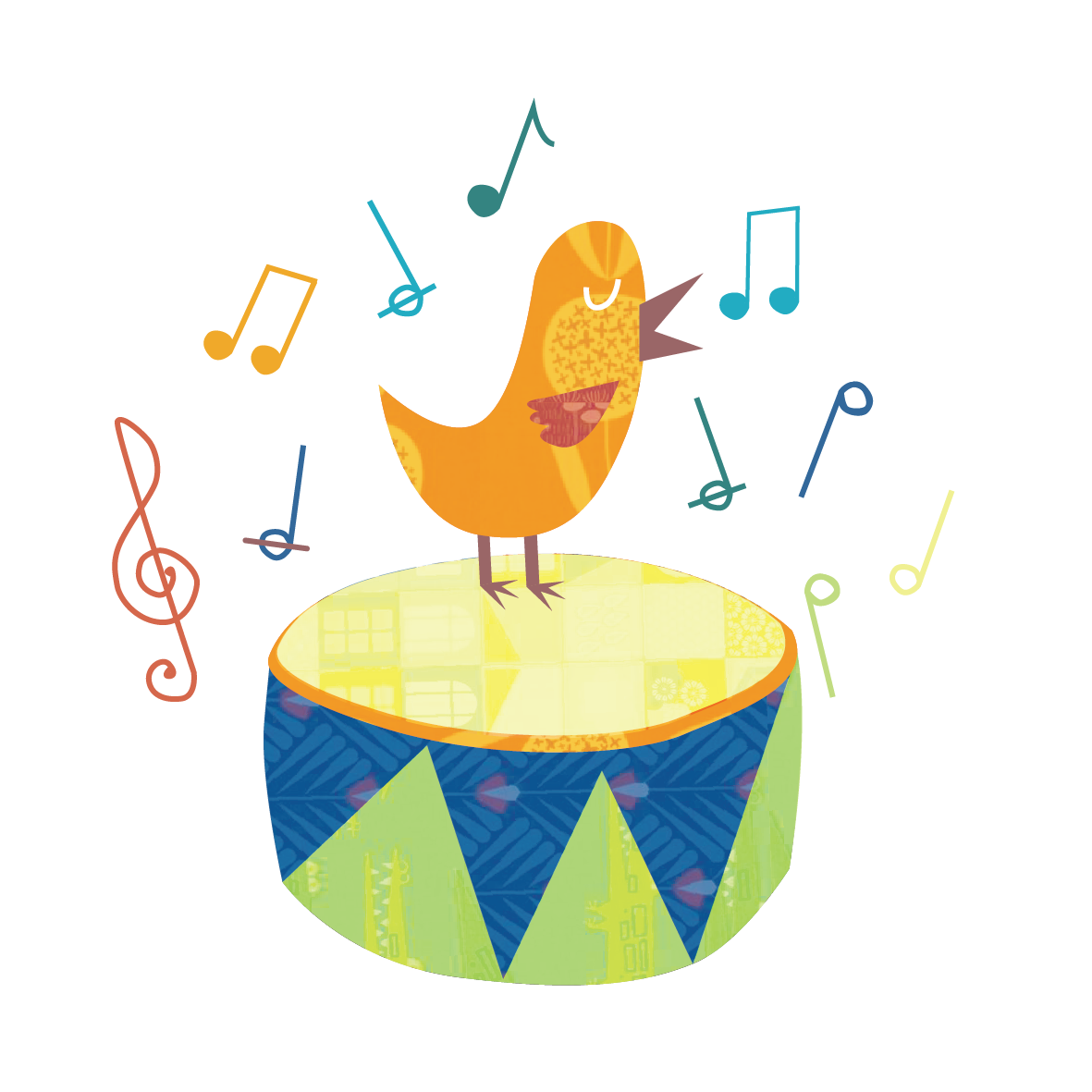The Benefits of Bubble Play for Everyone from Babies to Big Kids
Have you ever noticed how blowing bubbles brings delight to adults and children alike? There’s something about their rainbow sheen as they float slowly to the floor that captivates us all.
It’s not just that the prospect of a fragile, shiny, blobby bubble seems to blow kids’ minds. There are also many developmental aspects for growing kids that are associated with blowing bubbles — and, of course, many of these translate directly to music making.
What are the benefits of bubble play for kids of all ages?
For something that’s wafer-thin and ridiculously impermanent, bubbles can play a surprisingly important role in SO many parts of early childhood development.
From babies to toddlers and even bigger kids, blowing bubbles can help in their motor development, visual skills, oral language development, and so, so much more.
Let’s look into it according to which development stage they’re at.
Bubble play for babies
Simple, inexpensive and effective, blowing bubbles is a great tool to keep up your sleeve for those moments when you need a joy-inducing distraction for your little ones.
But that’s not all.
Blowing bubbles for your baby can help them develop their eye-tracking skills.
Babies are born sighted but with pretty poor vision. They have to start using their eyes to improve their muscular development.
Think about how fascinated babies are by dappled light and shadows moving through leaves gently swaying in the breeze or by a slow-turning mobile above their cot. The shapes in front of them as they lay on a mat for tummy time can have them staring and cooing ages!
All of these moments are not only helping babies understand the world around them; they’re also providing valuable opportunities for their eyes to focus on moving objects and light.
They are strengthening the eye muscles used to help them focus, to adjust focus from near to far and back again, in quick succession.
Playing with bubbles provides a beautiful and fun way to engage with your baby while providing them with excellent moving target practice and depth perception.
As you blow the bubbles for them, the translucent balls move not only up and down, but closer and further away and side to side—literally any way the wind takes them.
Bubble play may also help babies become more aware of their own bodies — and help them practise their motor development.
Some of the earliest forms of bodily awareness start with little hand motions. Your baby notices this weird thing in front of them — no wait, not one but TWO weird things! — and that when they think of these appendages they move. PHWOAR!
Then they start to explore what else they can do with these hands and fingers of theirs. Now put a shiny bubble in their path...
Between the ages of 5-7 months, babies may start reaching for the bubbles, practising their pincer grip or extending their pointer finger to touch or burst a bubble. This is great practice for their fine motor skills.
Bubble play can help babies start to understand the world around them.
Your baby is born with more than 80 BILLION brain cells but what’s really important is the way those cells are all connecting.
By the time your child reaches 3 years old, they’ll have formed trillions more connections, or synapses, than all the stars in our galaxy. That adds up to about 700 new synapses EVERY SECOND (yes, I’ll pause while you read and digest that fact again).
But these connections don’t just happen. They’re informed by your baby’s surroundings, experiences, and interactions with you.
Give them beautiful sensory input - delightful balls of bouncing light and reflecting colour, say, and they’re learning in a myriad ways. In particular, they’re learning about the natural laws that govern our world — cause and effect and the idea of gravity, for example. Bubbles provide a beautiful play-based way of learning about object permanence and the lack thereof. POP!
This input sends valuable information back to their brains, which, as we’ve established, are growing at a monumental rate.
(Keep in mind: In the first three years, a child’s brain has up to twice as many synapses as it will have in adulthood. The brain starts naturally eliminating any neglected connections but there’s a wonderful way to keep areas across baby's brain activated: Music making, of course!).
Bubble play for toddlers
Toddlers usually love to move their bodies so enjoying bubbles gives them the perfect opportunity to strengthen their gross motor development, amongst other lifelong skills.
As they stretch and reach for the bubbles, they’re experiencing weight transference (shifting weight from one leg to another) and balance. These skills are essential when it comes to developing their motor coordination.
But it doesn’t end there!
By playing with bubbles, toddlers are learning:
Social awareness – Watch out for your peers as you catch those bubbles!
Depth perception – Is that bubble close or far away?
Hand-eye coordination – The rapid catching, stomping and eye tracking needed for successful bubble-snatching requires toddlers to use their depth perception AND hand-eye coordination. These skills foster appropriate vision development in a relaxed setting.
Cause and effect – Pop! Repeating an action again and again and getting the same outcome helps toddlers understand the impact of cause and effect. You may notice your toddler anticipating the pop of the bubble once they get the idea of what a strategically-poked finger can do.
Proprioceptive stimulation, development, and awareness – The proprioceptive system is located in our muscles and joints and provides us with a sense of body awareness. It can help children regulate their responses to sensory stimuli so it’s an important element to cover. The act of blowing the bubble wand, jumping, and stomping can calm a toddler and keep their attention focused.
Bubble play for preschoolers and big kids
Now that your littlies are a little bigger, it’s THEIR turn to blow those bubbles! You may not realise it, but taking a breath, focusing on the bubble wand, and directly blowing can foster so many skills in preschoolers and older kids.
Did you know that slowing down the breath has an impact on your emotional state?
Studies are starting to reveal that taking slow breaths (specifically, around 6 exhalations a minute) may help:
Increase our feel-good hormone, dopamine
Decrease our stress hormone, cortisol
Alleviate the symptoms of depression and anxiety
Relieve insomnia
Lower the heart rate and blood pressure
Ultimately, it triggers a relaxation response in our brain and body. No wonder it’s so important during meditation and yoga!
Recognising your child’s control over the way they breathe is a great way to introduce the concept.
Talking of control, directing and intentionally focusing their breath teaches youngsters about self regulation, especially when it comes to their emotions. What a wonderful world it would be with fewer toddler (and teenage) tantrums!
Controlling the breath is another fabulous skill when it comes to—you guessed it—music making!
They’ll also be working on their:
Vocal health – Music makers who breathe properly don’t strain those precious developing vocal chords.
Breath consistency and control
Turn taking skills
And as they explore their breath, they’ll be asking themselves (but not in so many words!):
How can I move my lips to angle this air?
How can I blow faster or slower to make it work?
How can I make my breath steady and aimed just right, to make those REALLY BIG bubbles?
Enjoying bubble play together is a very simple activity with some seriously worthwhile payoffs, all while creating a lot of laughter amongst the skill-building.
Ready for some bubble play inspiration?
Bubble play is a wonderful way to engage your child in both bubble blowing AND music making. Watch the video below for a fun song you can recreate with your little poppet.
We love using bubble play in our songs both in our kids music classes and in our online music-making membership program. Here are some lyrics for a few songs you’re sure to know from class that we love using for bubble playing fun…
Get your bubble mix ready and join in!
-
Tiny bubbles in the bath
Make me happy
Make me laugh
Tiny bubbles make me warm all over
and I know I’m going to love you,
Darling, ‘til the end of time. -
See my pretty bubbles watch them twisting turning
Pretty bubbles dancing to and fro
Pretty rainbow bubbles watch them twisting turning
Moving fast and slowing down
Now blow.
Pop, pop, pop.by Dr Anna Mlynek-Kalman
-
One little, two little, three little bubbles
Four little, five little, six little bubbles
Seven little, eight little, nine little bubbles
Ten little bubbles go pop, pop, pop!Based on Ten Little Indians – Traditional, adapted
-
Blow in the wind
Blow in the wind
Blowing, blowing and blow
Blow in the windBend in the Wind by Roberta McLaughlin, adapted
Want more inspiration?
Join the Sounds Like This Patreon membership to receive fresh music-making inspiration every month and gain access to our growing library with HUNDREDS of hours of developmentally-sound educational music-making videos.






